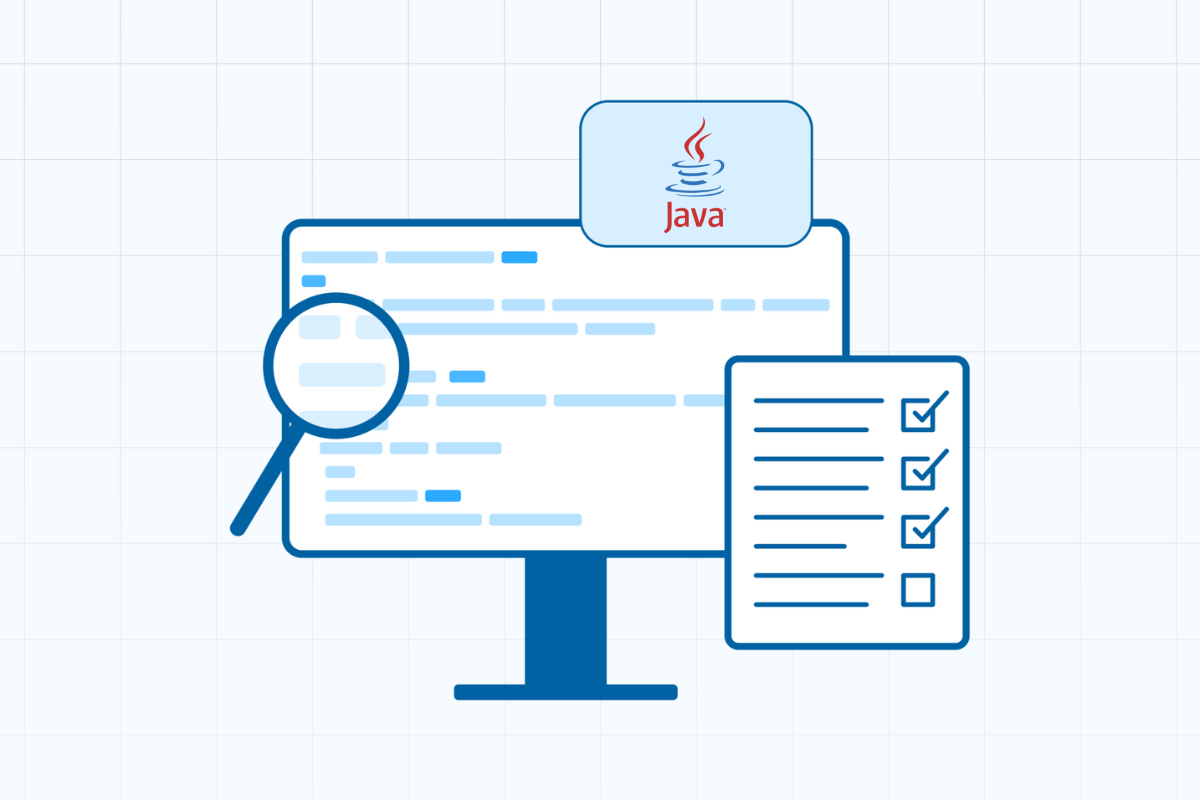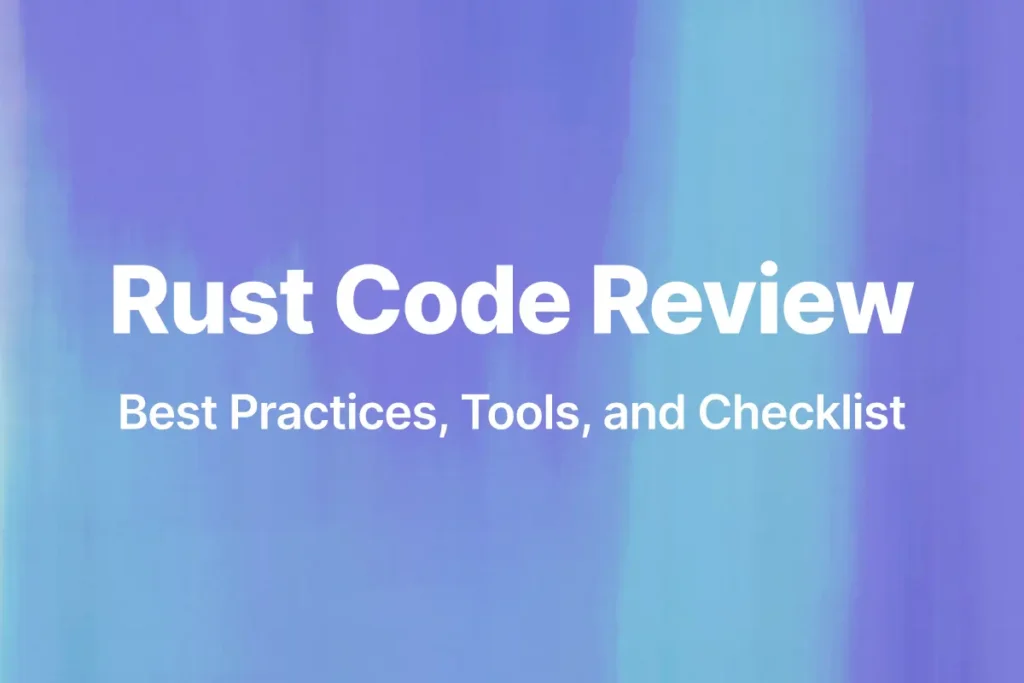Code reviews are an essential part of software development, ensuring quality, maintainability, and scalability. For Java developers, adhering to a structured checklist during code reviews is crucial to catch issues early and promote best practices.
This article shares a detailed checklist based on my experience as a senior Java software engineer, focusing on actionable and practical aspects.
1. Code Readability and Formatting
Readable code is easier to maintain and understand. During reviews, focus on:
- Coding Standards: Ensure adherence to Java standards like proper indentation, consistent naming conventions (e.g., camelCase for variables), and logical package structures.
- Commenting: Look for meaningful comments that clarify complex logic. Avoid comments that state the obvious.
- Logical Organization: Confirm that methods and classes are structured logically, avoiding bloated or single-purpose classes.
- Avoiding Overcomplication: Ensure the code is straightforward and avoids unnecessary complexity.
2. Logic and Functionality
A primary goal of code reviews is to ensure correctness and robustness.
- Business Logic: Verify the implementation solves the intended problem.
- Edge Cases: Check how the code handles extreme or unexpected inputs.
- Algorithm Efficiency: Ensure algorithms are optimized for the required operations without unnecessary iterations or operations.
- Error Handling: Confirm proper use of try-catch blocks and meaningful error messages.
3. Adherence to Object-Oriented Principles
Java is inherently object-oriented, and proper design is critical.
- Encapsulation: Ensure variables are private, with getters/setters as needed. Avoid exposing internal state unnecessarily.
- Inheritance: Check for logical use of inheritance to reduce duplication without creating unnecessary dependencies.
- Polymorphism: Verify that polymorphism is applied appropriately, using interfaces or abstract classes when multiple implementations exist.
- SOLID Principles: Look for single-responsibility violations, improper dependency injection, and other common anti-patterns.
4. Performance and Scalability
Code must perform efficiently and scale with usage.
- Efficiency: Spot unnecessary loops, redundant calculations, and excessive memory usage.
- Scalability: Evaluate if the solution can handle larger data sets or higher traffic without degradation.
- Resource Management: Check for proper handling of resources like file streams, database connections, and thread pools.
5. Security Best Practices
Security issues can cause significant problems; they must be addressed during code reviews.
- Input Validation: Ensure inputs are sanitized and validated to prevent SQL injection and XSS vulnerabilities.
- Data Protection: Verify secure handling of sensitive information like passwords and API keys.
- Authentication/Authorization: Confirm appropriate security checks at critical points.
- Dependency Safety: Check that dependencies are up-to-date and free of known vulnerabilities.
6. Testing and Coverage
Testing ensures code reliability and prevents regressions.
- Unit Tests: Ensure test cases cover all major functionalities and edge cases.
- Integration Tests: Confirm that tests validate interactions between modules or components.
- Mocking: Verify the use of mocking for dependencies in unit tests, ensuring isolation of components.
- Coverage: Aim for high test coverage but prioritize meaningful test cases over superficial coverage.
7. Dependency Management
Dependencies can introduce risks if not managed properly.
- Version Compatibility: Ensure dependencies use stable and compatible versions.
- Unused Dependencies: Identify and remove redundant dependencies.
- Build Tool Configurations: Confirm proper Maven or Gradle configurations, including profiles for development, staging, and production.
8. Clean Code Practices
Clean code leads to maintainable and extendable systems.
- Code Smells: Look for long methods, large classes, and magic numbers. Recommend refactoring where necessary.
- Refactoring: Suggest improvements to enhance readability and reduce duplication.
- Naming Conventions: Check for meaningful, self-explanatory names for variables, methods, and classes.
9. Collaboration and Feedback
Effective collaboration during reviews leads to better outcomes.
- Constructive Feedback: Provide actionable and respectful feedback, focusing on the code, not the author.
- Pair Reviews: Encourage pair reviews for complex codebases or critical modules.
- Documentation: Suggest adding clarifications or references where needed for team-wide understanding.
10. Common Java-Specific Mistakes
Java-specific issues often crop up and need attention.
- Null Pointer Exceptions: Check for proper null checks and encourage using Optional where applicable.
- Immutability: Ensure classes designed to be immutable follow best practices (e.g., final fields and no setters).
- Concurrency: Identify potential race conditions, improper use of synchronized blocks, and incorrect handling of thread pools.
- Modern Features: Promote using Java 8+ features like Streams and Lambdas for cleaner and more expressive code.
11. Tools and Automation
Leverage tools to enhance the code review process.
- Static Code Analysis: Use tools like SonarQube, Checkstyle, and SpotBugs to identify potential issues early.
- CI/CD Integration: Ensure the build pipeline includes automated tests and static analysis.
- Code Review Platforms: Rely on tools like GitHub or GitLab for streamlined reviews and discussions.
Conclusion
A thorough code review ensures the quality and maintainability of Java applications. By following this checklist, you can provide constructive feedback, catch potential issues, and promote best practices. Adapt these points to your team’s specific needs and aim for continuous improvement in your code review process.






